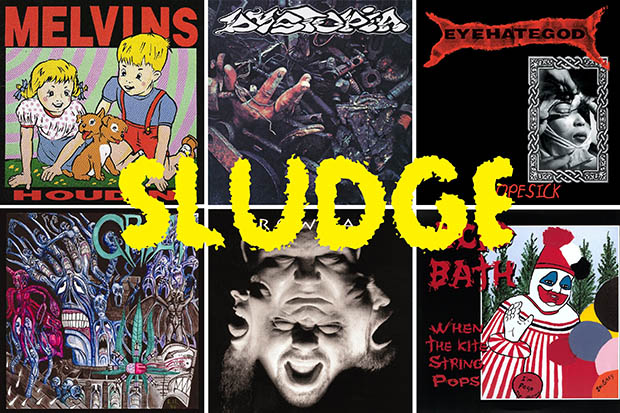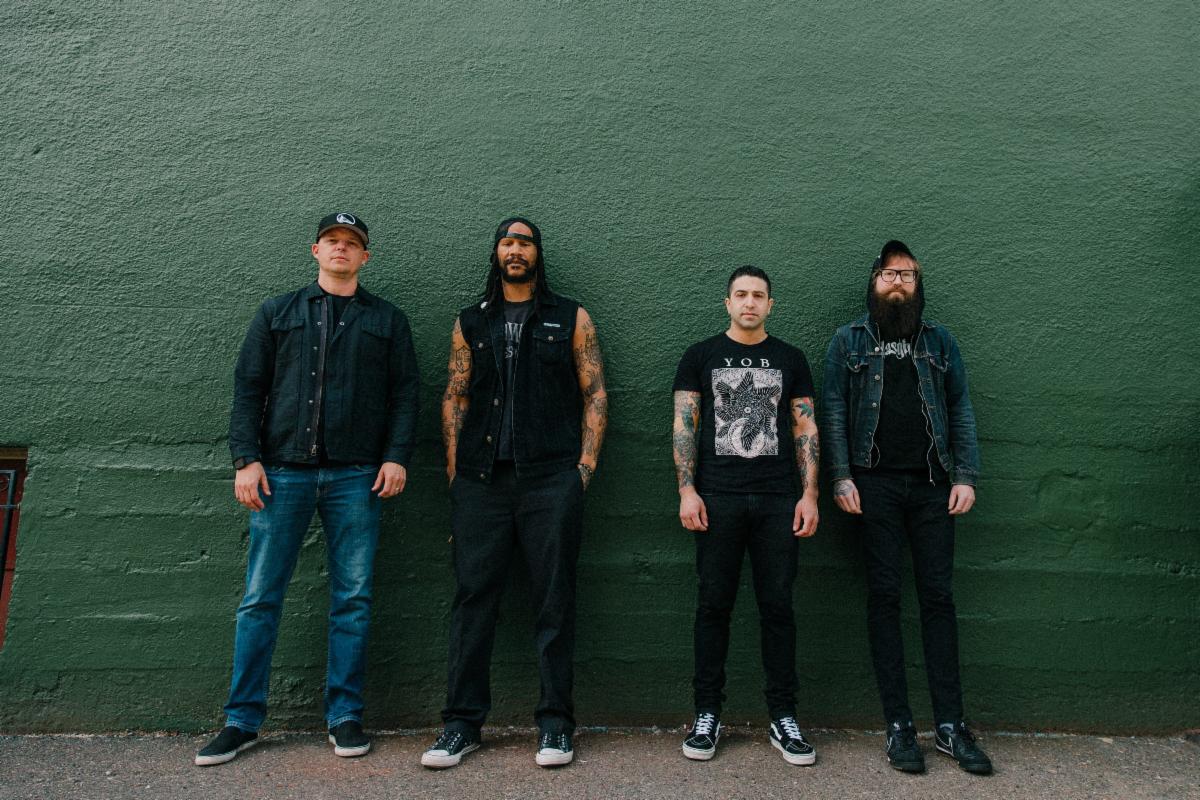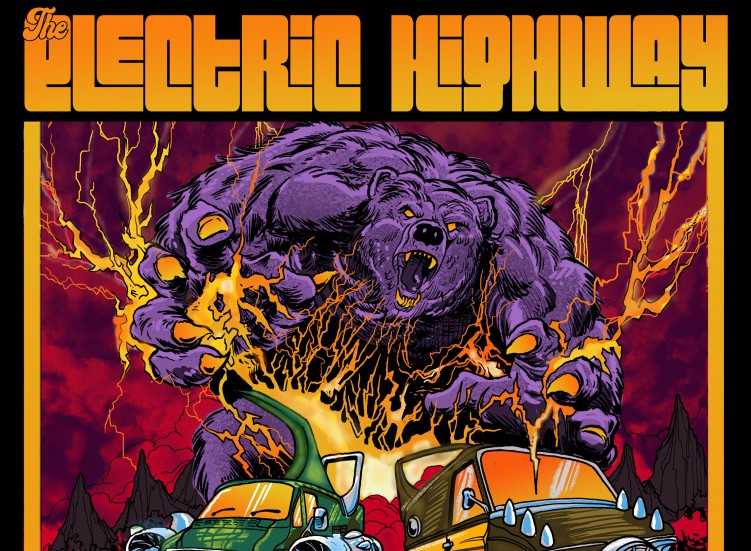Features
PureGrainAudio Presents: A Ridiculously Short History of… SLUDGE
Watch as Lance Marwood attempts to describe an entire subgenre of heavy music using less than 300 words. There’s a bonus playlist of essential artists and releases! This time around… SLUDGE!

After suffering through a particularly excruciating rendition of someone’s idea of what “crust” is, Lance is embarking on a soul-searching journey of self-righteous education, one embattled subgenre at a time. Watch as he attempts to describe an entire subgenre of heavy music using less than 300 words. There’s a bonus playlist of essential artists and releases after for your perusal. This time around… SLUDGE! Tell Lance how wrong he is in the comments below or on Twitter @LanceMarwood.
The Skinny: When it comes to sludge metal, sibling to stoner and doom metal, the slight differences can be tricky to spot (like the differences between crust and d-beat), so listen up: stoner metal is sludge with weed smoke. Sludge is often more political and nihilistic, and its sound is often darker. Going from The Melvins (who started in the Washington scene in 1984) we move over to the New Orleans Lousiana scene, which in the late ’80s was churning the incestuous likes of Eyehategod, Crowbar, and eventually Down and Superjoint Ritual.
These bands would go on to form the backbone of the genre’s output during the late ’80s and early ’90s, most continuing into today. Meanwhile in the early ’90s, Grief (originating from Boston) made their indelible mark on the genre with a prevalence of important releases and touring. Meanwhile, all the way over in Nottingham, England, Fudge Tunnel were creating their own take on the genre while simultaneously landing themselves in hot water over their grim sense of humour. Important influences during the early to mid-’90s period include Dystopia (who released a split with Grief), noted for injecting crust sensibilities into the genre, Acid Bath, and Buzzov*en.
Moving into the late ’90s, various bands began flexing their influence from the genre, such as Boris, Cult of Luna, and later on bands like High On Fire and Red Fang. While all these bands are generally placed in other branches of metal, it’s important to note that sludge is a breeding ground of sound that gets incorporated into other more “fixed” strains of metal, such as stoner and doom metal. Today, sludge has heroes in the likes of Eyehategod and Crowbar, while contemporary greats like Mastodon and Baroness continue the tradition these former bands helped forge.
Mandatory Sludge Listening Playlist:
01. Fudge Tunnel – “Hate Songs In E Minor” (1991, Relativity Records)
02. Melvins – “Houdini” (1993, Atlantic Records)
03. Grief – “Come To Grief” (1994, Century Media Records)
04. Dystopia – “Human=Garbage” (1994, Life Is Abuse)
05. Acid Bath – “When The Kite String Pops” (1994, Rotten Records)
06. Buzzov*en – “Sore” (1994, Roadrunner Records)
07. Down – “NOLA” (1995, Elektra Records)
08. Eyehategod – “Dopesick” (1996, Century Media Records)
09. Crowbar – “Odd Fellows Rest” (1998, Mayhem)
10. Baroness – “Red Album” (2007, Relapse Records)
Check out the Melvins song “Night Goat”
Be sure to also check out:
– A Ridiculously Short History of… GRINDCORE
– A Ridiculously Short History of… CRUST
– A Ridiculously Short History of… DOOM
-

 Music4 days ago
Music4 days agoTake That (w/ Olly Murs) Kick Off Four-Night Leeds Stint with Hit-Laden Spectacular [Photos]
-

 Alternative/Rock6 days ago
Alternative/Rock6 days agoThe V13 Fix #010 w/ High on Fire, NOFX, My Dying Bride and more
-

 Hardcore/Punk2 weeks ago
Hardcore/Punk2 weeks agoHastings Beat Punks Kid Kapichi Vent Their Frustrations at Leeds Beckett University [Photos]
-

 Alternative/Rock2 weeks ago
Alternative/Rock2 weeks agoA Rejuvenated Dream State are ‘Still Dreaming’ as They Bounce Into Manchester YES [Photos]
-

 Features4 days ago
Features4 days agoTour Diary: Gen & The Degenerates Party Their Way Across America
-

 Culture1 week ago
Culture1 week agoDan Carter & George Miller Chat Foodinati Live, Heavy Metal Charities and Pre-Gig Meals
-

 Music7 days ago
Music7 days agoReclusive Producer Stumbleine Premieres Beat-Driven New Single “Cinderhaze”
-

 Alternative/Rock1 week ago
Alternative/Rock1 week agoThree Lefts and a Right Premiere Their Guitar-Driven Single “Lovulator”












